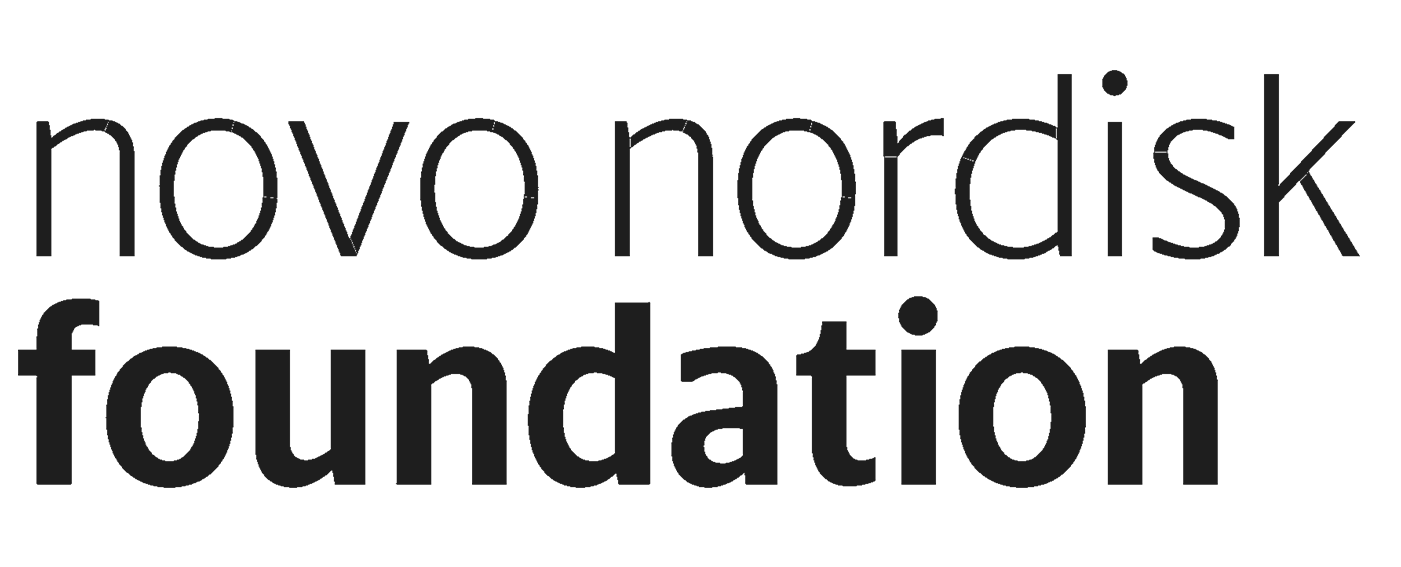Sensing tiny magnetic fields can detect brain diseases
Brain disorders such as epilepsy, post-traumatic stress, and traumatic brain injury account for around a third of all long-term illnesses, and the cost of diagnosis and treatment is around €7 trillion a year in Europe alone and rising.
Brain disorders are associated with abnormal neuronal activity in the brain. The resolution of existing instruments, such as MRI scanners, is not high enough to see how individual neurons in the brain interact with each other.
The current that runs along the neuron creates a weak magnetic field - 10 million times weaker than the Earth’s magnetic field. By measuring this magnetic field brain diseases can be detected earlier than possible today.








